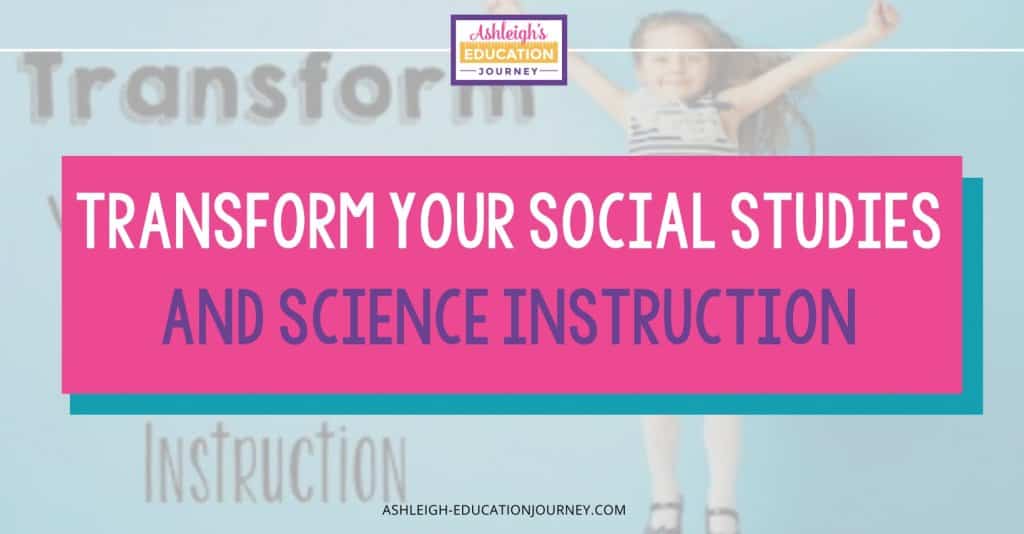
State and federal mandates and high stakes testing have made teaching elementary science and social studies a battle for time in the classroom. This battle has resulted in minimizing social studies and science instruction to focus on tested areas. While I agree that the content area topics should be reinforced and integrated into students’ tested curriculum, it’s not enough on its own. There should also be intentional social studies and science instruction.
In reality, this instruction may not be every day. Many teachers alternate between teaching elementary science and social studies, which is better than nothing at all. In this post, I break down how to teach social studies and science in a systematic and scaffolded approach.
5 Step Process
There is a five-step process for teaching elementary science and social studies, First, frontload vocabulary by pre-teaching vocabulary terms. Then, present the content to students through a variety of forms. After presenting the content, let students expand and explore the topic through learning activities. The next step is for students to apply what they’ve learned though a variety of approaches. The final step is a summative assessment, with formative assessments utilized throughout instruction.
 Social Studies and Science Vocabulary
Social Studies and Science Vocabulary
Vocabulary is essential for teaching elementary science and social studies. It’s no secret that vocabulary is a major predictor for student success. However, academic vocabulary is almost always a challenge for students. Academic vocabulary words includes words that are traditionally used in academic text, which are not common in everyday reading. These terms are important because they help students comprehend text across different content areas such as social studies and science.
One of my favorite strategies for teaching academic vocabulary is frontloading or preteaching vocabulary. This technique is highly recommended for ESL or ELL students, but it’s beneficial to all students. Frontloading vocabulary is a before-reading strategy where the teacher introduces words to students through photos, analogies, metaphors, and symbols. Pre-teaching vocabulary is not having kids look up definitions or other boring and inefficient practices.
Planning Vocabulary Instruction
Vocabulary instruction needs to be intentional. The first step in planning academic vocabulary instruction is to create a list of academic vocabulary necessary for teaching elementary science and social studies. You can see an example of my social studies and science vocabulary terms in the photograph. You can click here for a PowerPoint version or here for a PDF version of the vocabulary words. Of course, this is specific to your grade level and state standards.
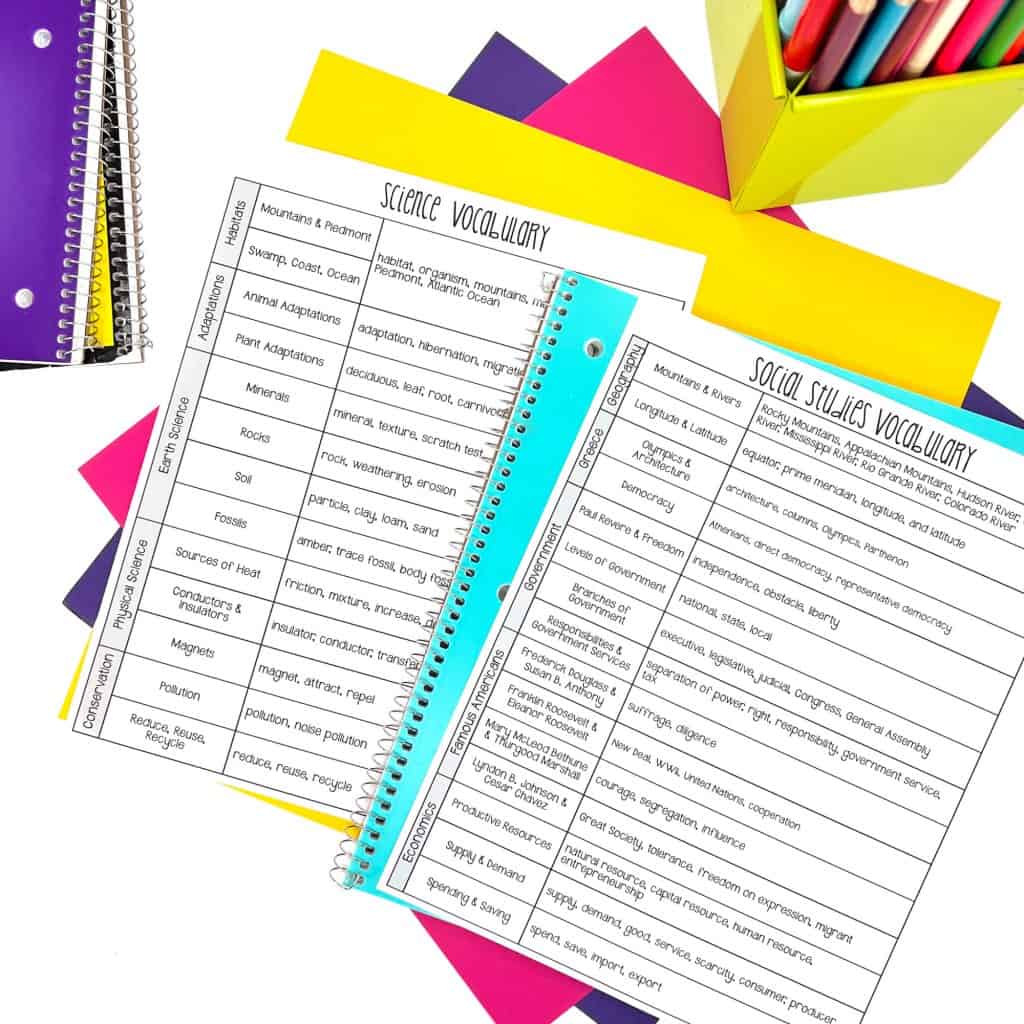
When teaching elementary science and social studies vocabulary, keep it simple. My approach to teaching academic vocabulary consists of three easy to follow steps.
Step 1
Introduce vocabulary. During this time, it’s essential to keep students’ interest, so keep this portion of the lesson VERY brief. Try to present the word in an engaging way as possible, and then give examples, pictures, symbols, or synonyms of the word. Have students briefly discuss the word with a partner or a small group. My favorite strategy for this process think, share, pair, because it’s quick, easy, and effective.
Step 2
Add the word to students’ notebooks. Since I’m limited on time, copies, and paper, I don’t print anything for student vocabulary. I simply have students draw a version of the Frayer Model in their notebooks. We fit two boxes on one page, and we almost always add a definition, example, and picture. In the fourth block we may use synonym, antonym, non-example, or sentence.
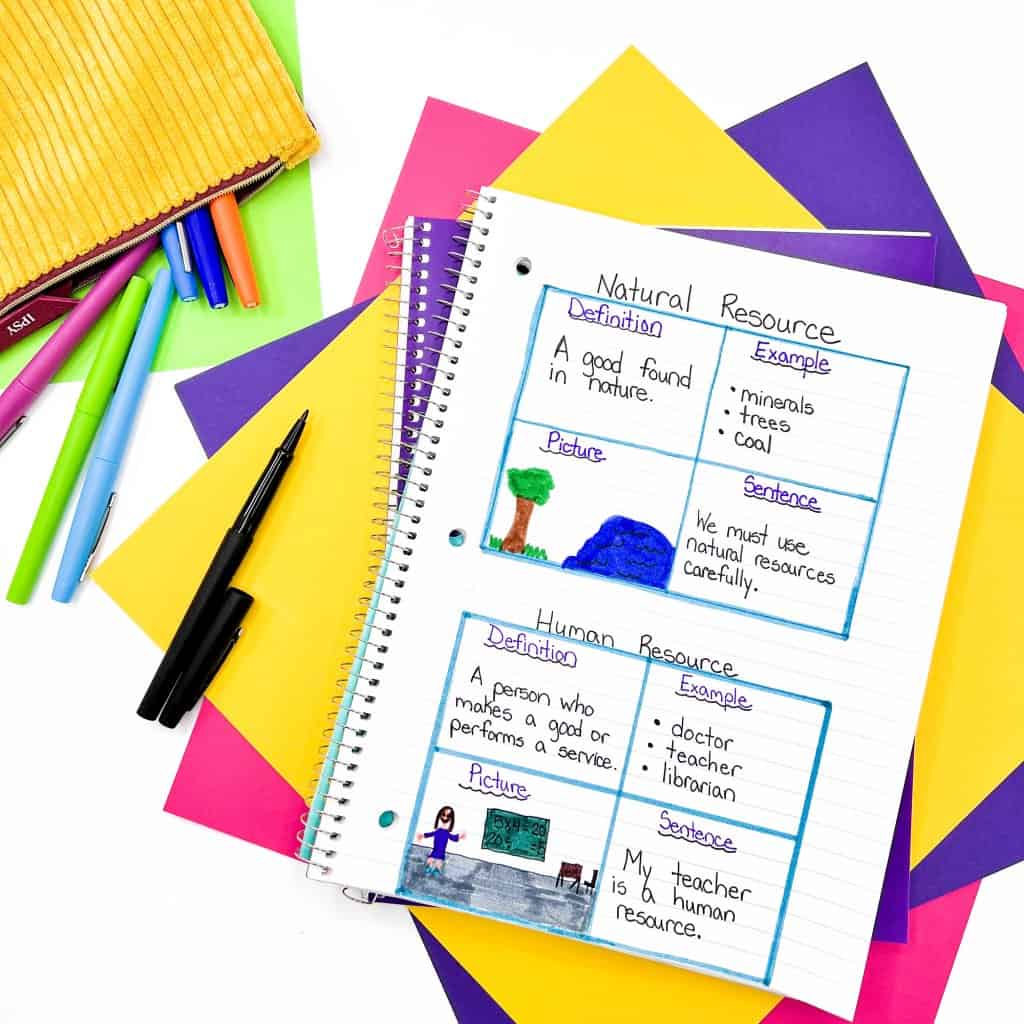
Step 3
Review with games. The first two steps should be short and sweet, and Step 3 is when the fun begins! Review is essential for students to store and retrieve information from their short term and long term memory. Review shouldn’t be boring. It should be a part of the day students look forward to, not dread. Consistent vocabulary review gives students a knowledge base that will allow students to soon develop a deeper understanding of concepts.
I suggest cycling through four games of your choice. Any more than that is hard to manage. Four games are enough to keep the activities novel for students. As you begin to plan the terms to be reviewed, you will need to decide if you only want to review words in the particular unit you are studying or if you want a cumulative review. I personally like cumulative reviews, because I feel like it prevents students from forgetting some of the more difficult terms.
I Have, Who Has
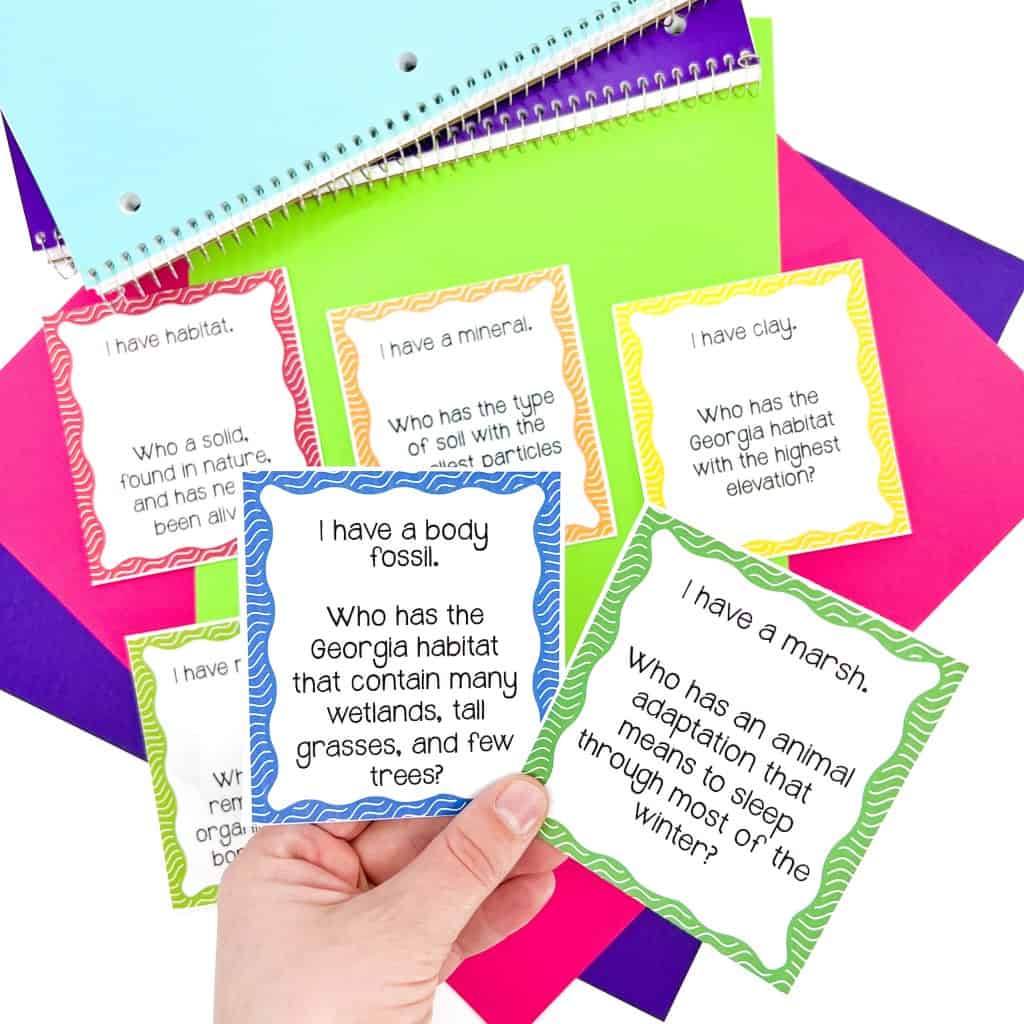
BINGO
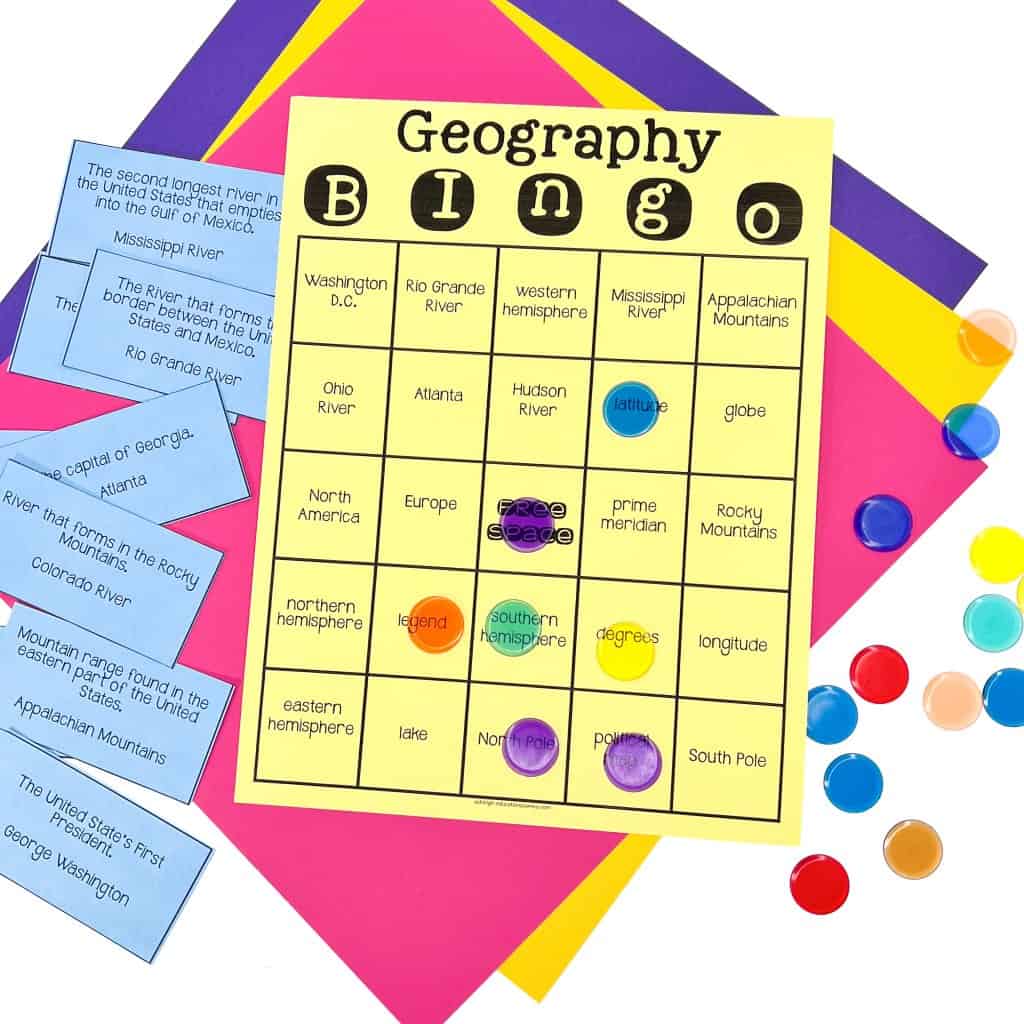
Guess It
Board Games
Word Wall
You can display your science and social studies vocabulary on a word wall. I consolidate math, social studies, and science word walls into one large word wall. I’ve printed large letters that I display across the top of my word wall, and I hang brightly colored ribbon underneath each letter. I’ve made a a version with a white background or a chalkboard background. I love the chalkboard version, but I don’t like how much ink it uses!
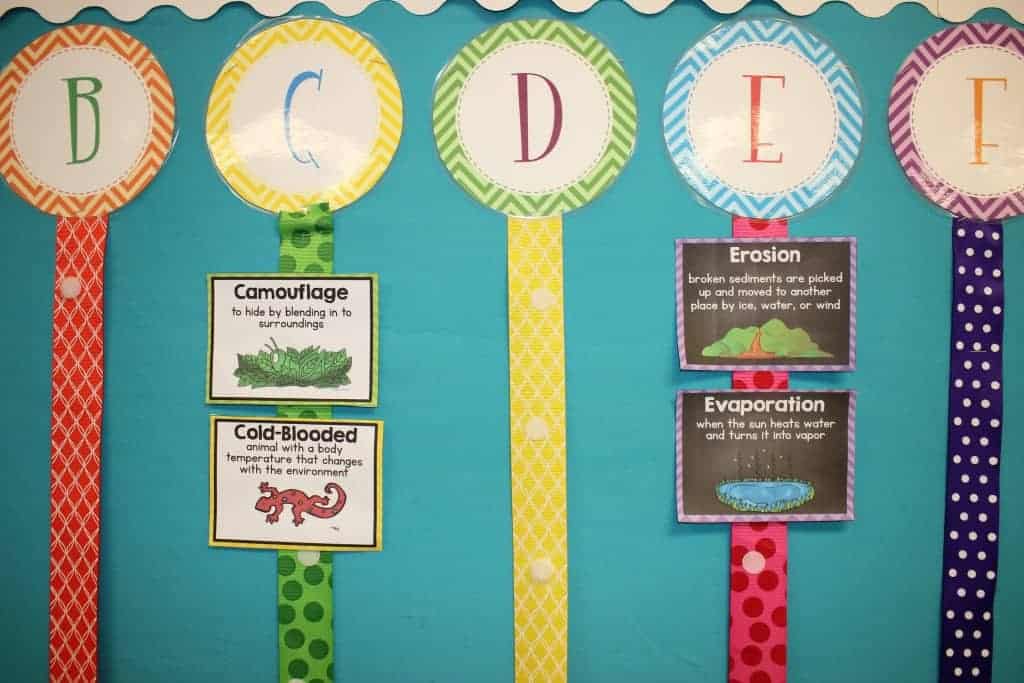
Teaching Elementary Science and Social Studies-Presenting Content
After teaching elementary science and social studies vocabulary, it’s time to present information and content to students. For students to learn and remember the content, they must first pay attention as you present the information. That’s why it’s important to use a variety of resources. The brain loves novelty, so try to keep it fresh and interesting for students.
By preteaching vocabulary, students will be able to make connections with the content as they read and discuss the material. I do not recommend giving students a reading passage with comprehension questions. I’ve done this, and I don’t feel like the majority of my students learned much from those lessons. I prefer to read and discuss the material together, while I constantly ask questions to check for understanding.
Resources for Presenting Content
- Studies Weekly-This is one of my favorite resources for social studies. It covers almost all of our state standards. The science version isn’t aligned as well, so we don’t use those. These are also available for almost any state and grade level.
- BrainPop-This is always a student favorite. The videos capture and maintain students’ attention. For my third graders I like the Jr. version, but I’d probably use the regular version for older students.
- Study Jams-This is very similar to Brain Pop, except it’s FREE and the videos are a bit shorter. Unfortunately, at this time there are no social studies videos.
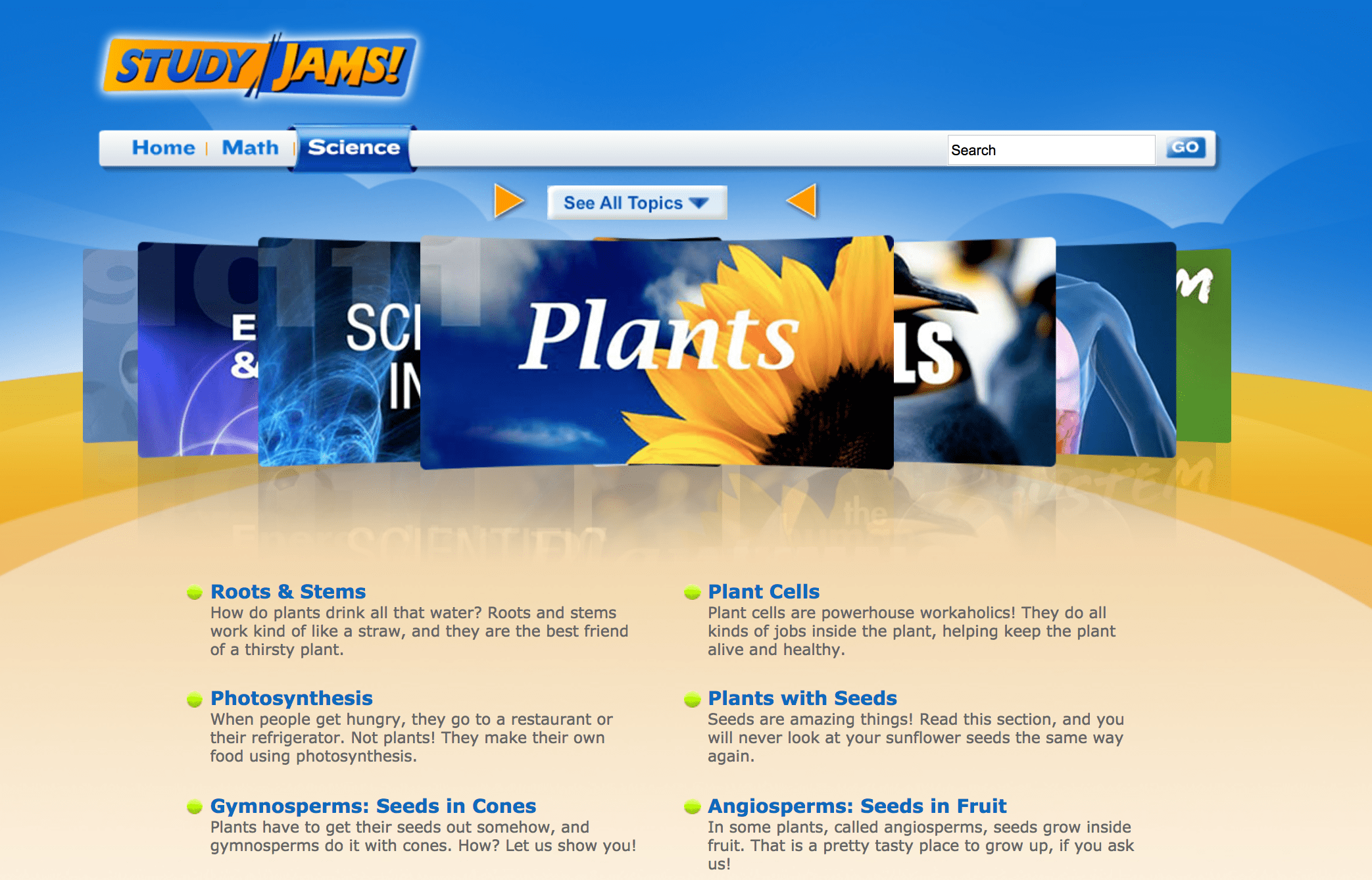
- EPIC-Teaching social studies and science content is much easier with EPIC. There is a huge collection of trade books to choose from. It’s a teacher and student friendly website. Plus, it’s free.
- Generation Genius-This is one of my favorites. It’s packed with fantastic science videos. Plus, each video comes with an optional corresponding Kahoot. Students love it!
- TpT-I’ve bought some wonderful resources from TpT that are specific for my state state standard. I’ve also written several packs myself to use to present content. You can see those here. Don’t forget, you don’t have to use reading passages. I’ve also bought some great PowerPoint lessons that perfect for presenting content for my students.
Interactive Notebooks
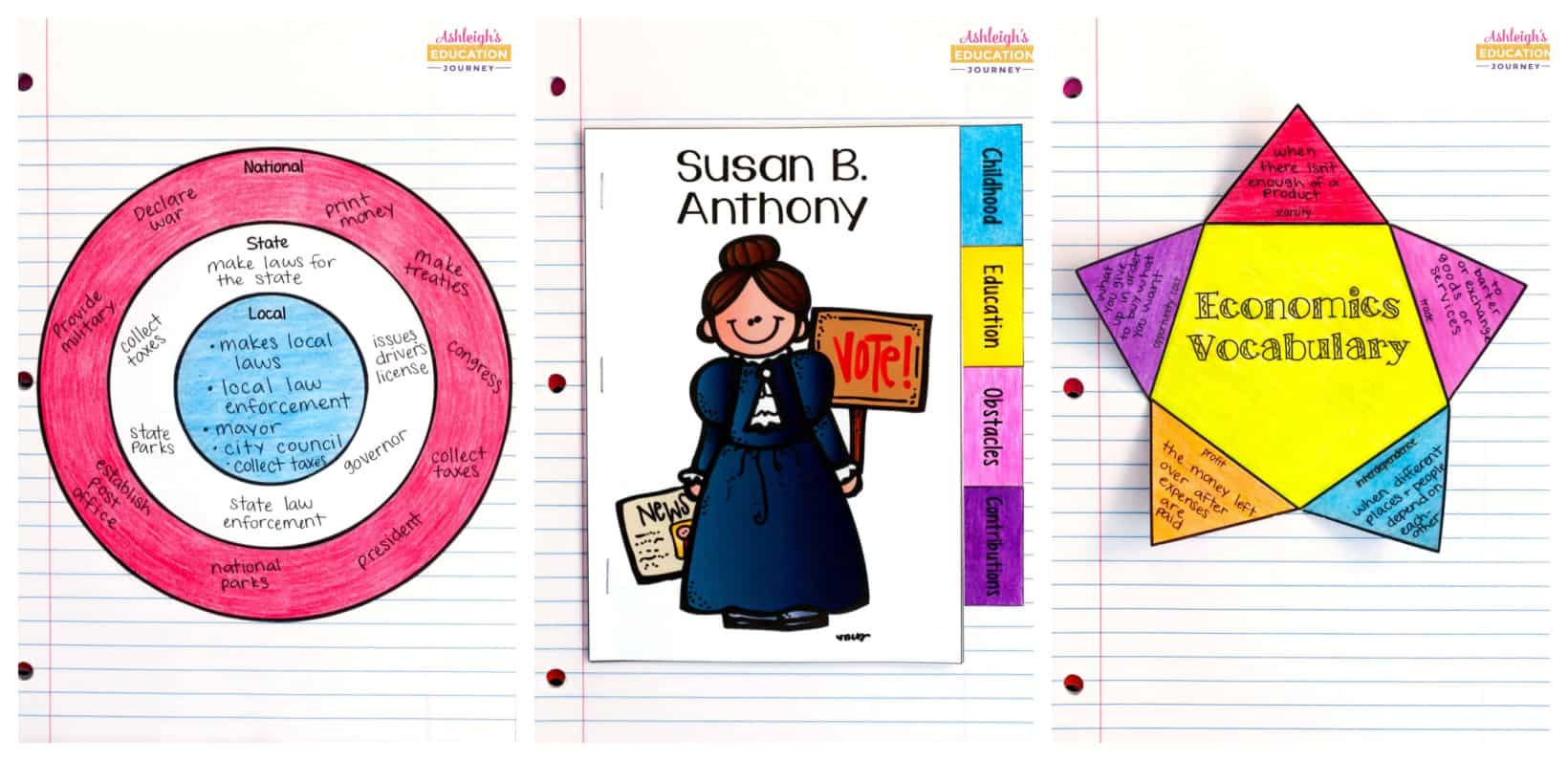
Teaching Science and Social Studies-Exploration
Social studies and science should be more than rote memorization and meaningless dates and facts. When teaching science and social studies, students need to interact, explore, and experiment with the content to truly learn the material. These are the activities that bridge the gap between basic facts and vocabulary to being able to apply what they’ve learned in meaningful ways. This is the hands-on, active learning portion of instruction that students love and that will allow them to retrieve content from their long term memory.
Science and Social Studies Stations
I love incorporating science or social studies stations for this portion of my instruction. I feel like it’s the best way to get the most out of my limited time teaching science and social studies. I’ve included a links to a few of my favorite blog posts that give examples of how I use this strategy in my classroom.
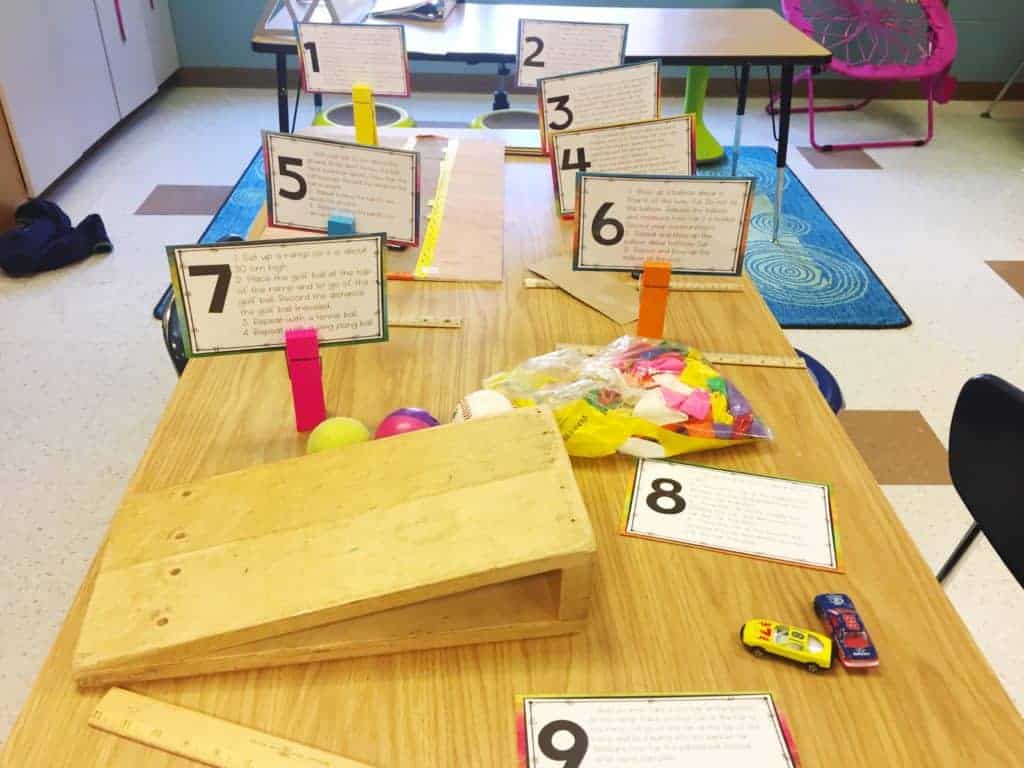
Occasionally, rather than completing station activities we complete whole group experiments or activities. Each topic lends itself to it’s on form of exploration. I’ve linked a couple blog posts on whole group science experiments that were successful in my classroom.
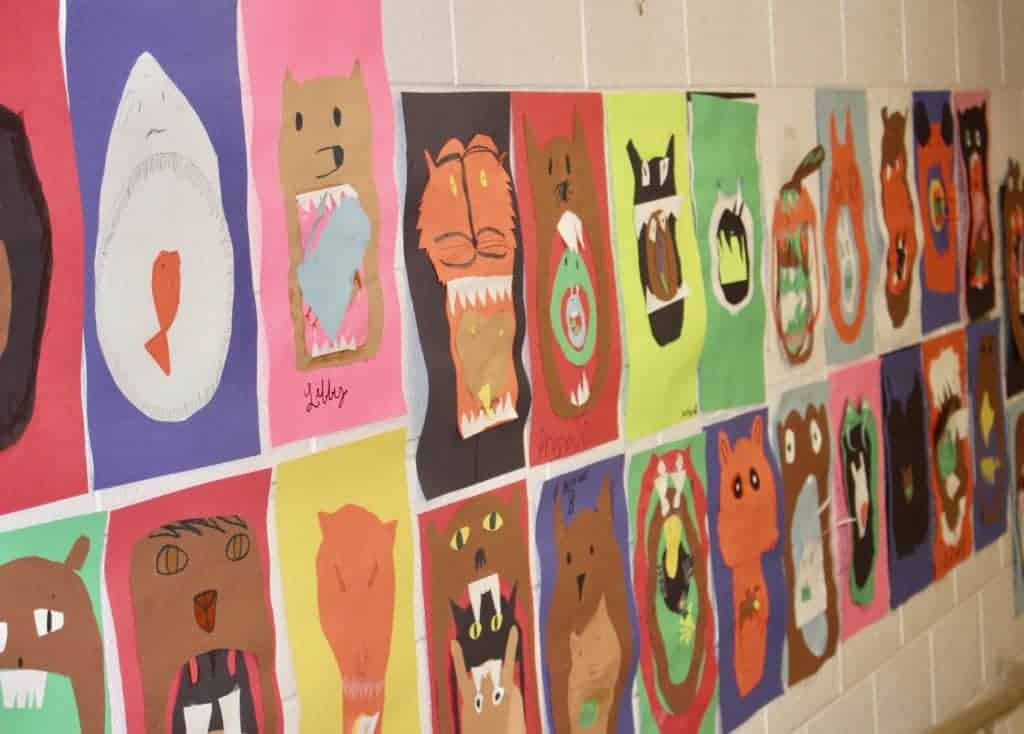
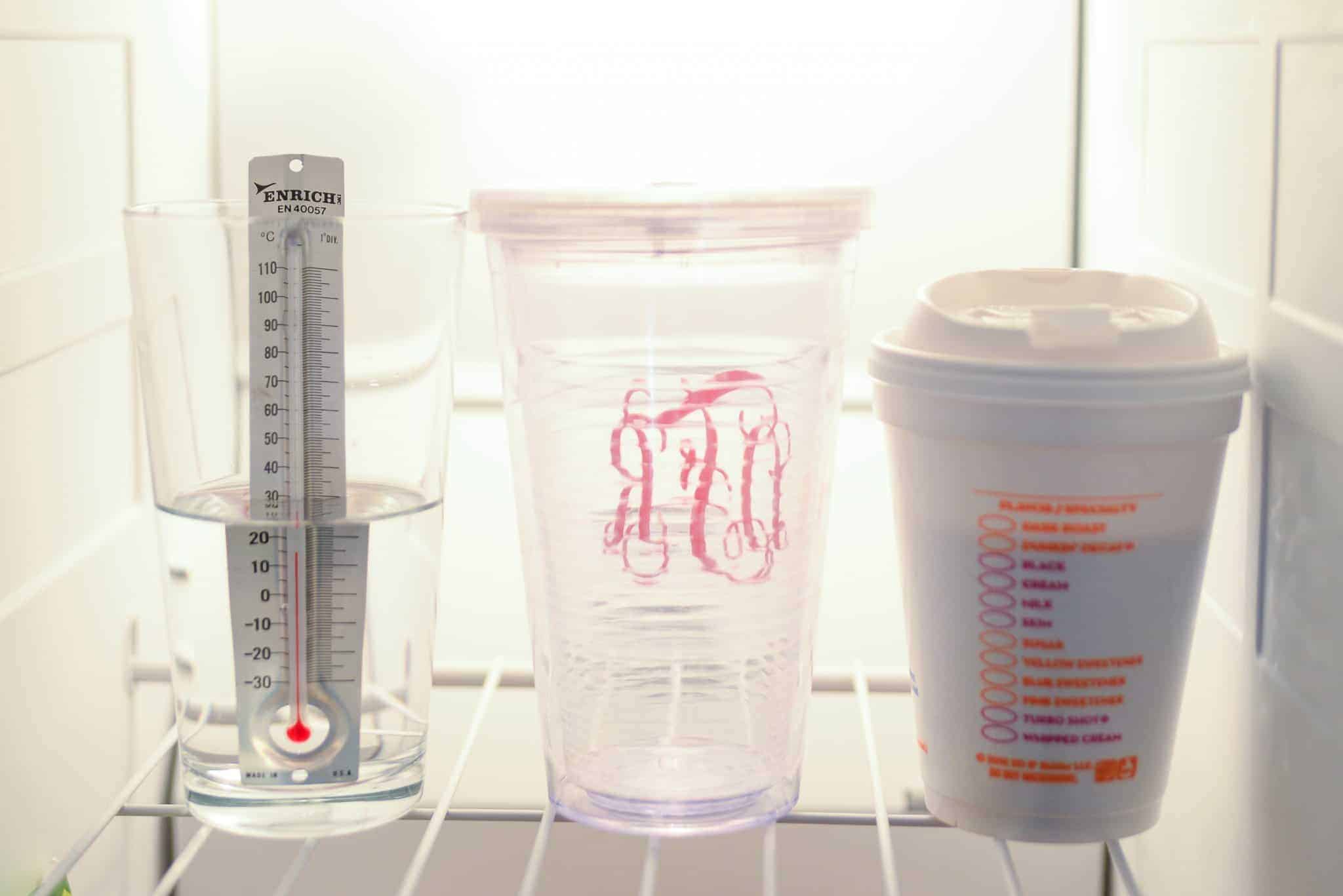
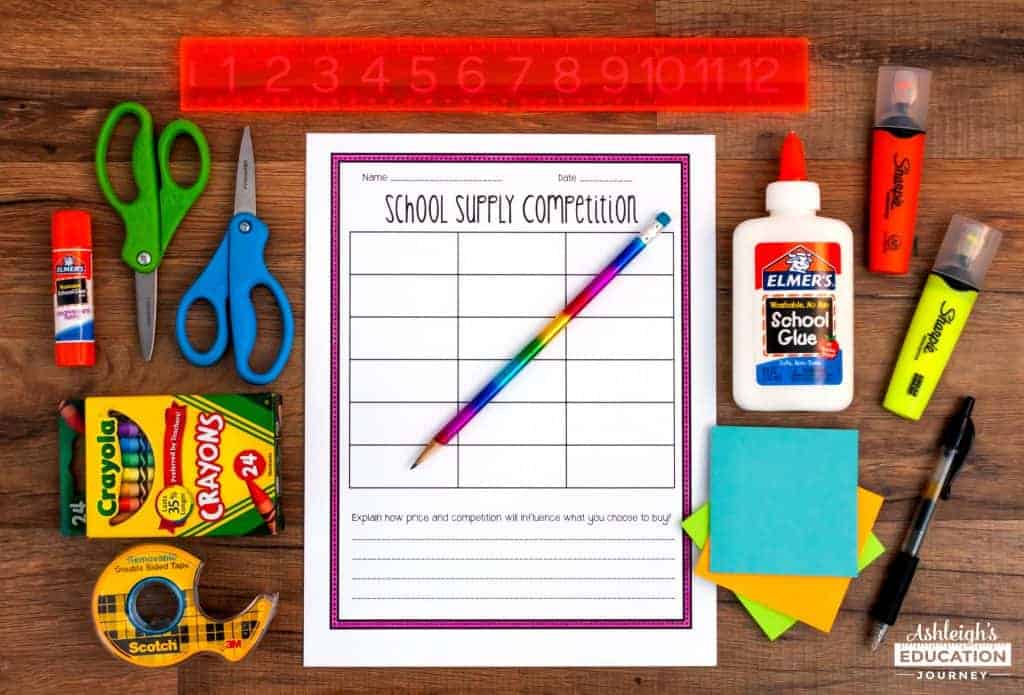
Teaching Science and Social Studies-Application
At this point in the process of teaching elementary science and social studies, students are ready to show what they know. Students should begin to analyze and evaluate, and apply. This is also a great time to incorporate writing and social studies or science. Sometimes I have to remind myself that a lesson doesn’t have to be cute and fancy for it to be effective. A simple paragraph can be a powerful tool.
I try to keep the activities interesting for students, so I occasionally incorporate choice boards. These are great for teaching science and social studies. You can have students complete the choice board with a tic-tac-toe option or have students complete one activity from each row.
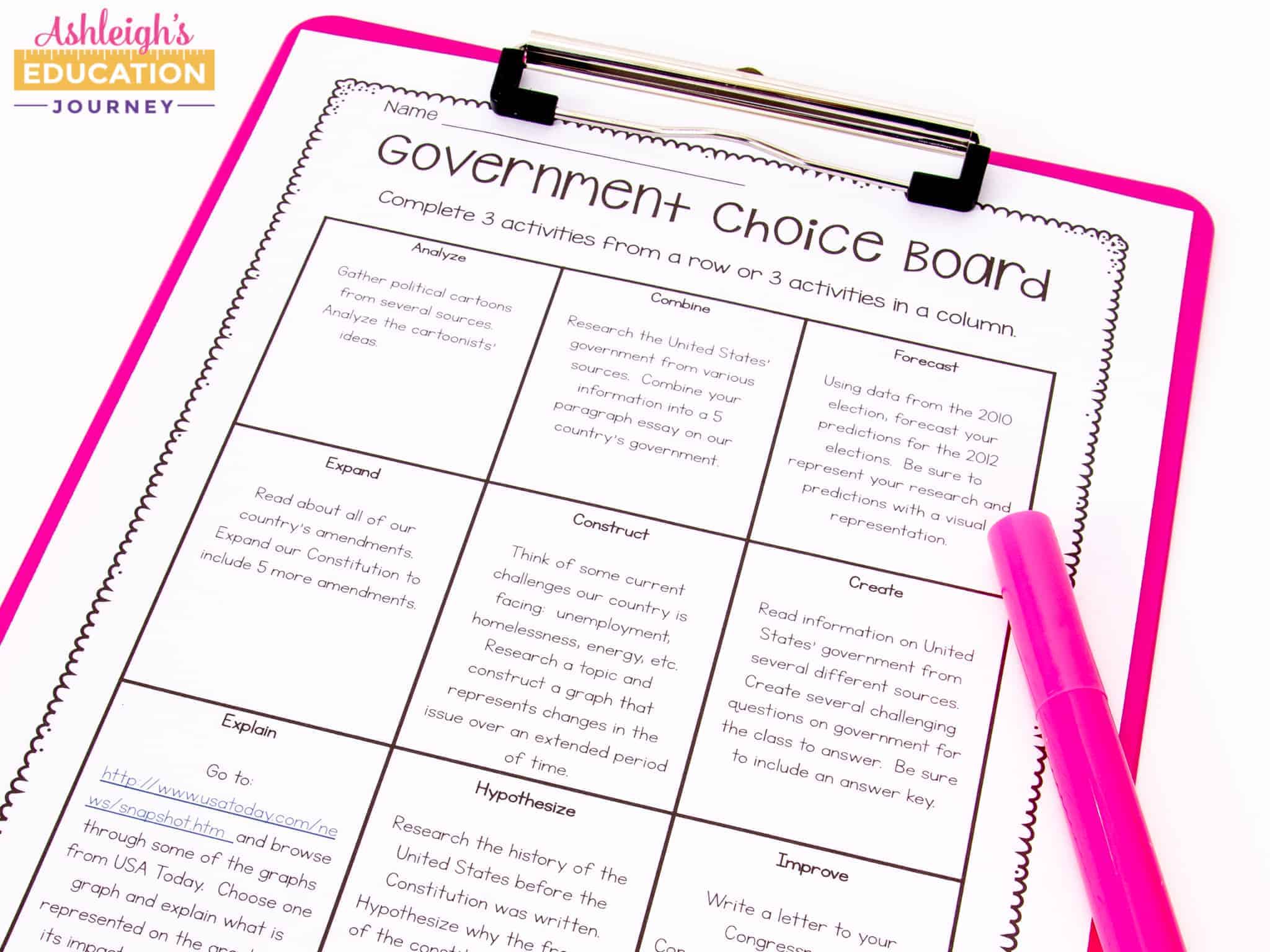
Product centered ideas include brochures, paper bag books, and shutter houses. My advice is to mix it up. If you do the same activity week after week, it will become boring and mundane for students. If you do a choice board one week, try a writing assignment the following week, and then maybe something a little more creative the next week. While I like for the flow of my lessons to be consistent, I do like to keep students on their toes, so they don’t know what to expect.
Before beginning any of these activities, it’s important that your students understand your expectations. I try to set the bar high and keep high expectations, so that students will complete quality work.
Teaching Elementary Science and Social Studies-Assessment
I was hesitant to make summative assessment a part of the instructional process, but I felt that it was necessary to emphasize that summative assessments (assessments that will be counted toward a student’s grade) should not take place until after the student has experienced multiple learning opportunities with the content. I’m not going to record a grade when I first introduce key vocabulary or when I initially teach new concepts. I wait until students have received guided practice, support, and feedback. This does mean that you may not have a ton of grades, but more does not always equal better.
Throughout the entire instructional process of teaching elementary science and social studies, I am constantly assessing students through formative assessments. I may assess through simple observations, class discussions or individual conferences. While those are all useful forms of assessment, I like something a little more concrete and not quite so subjective. I’ve created exit passes for social studies that I will use to help me address misconceptions and will allow me know to if there are any areas that need reteaching. If I see that a small group of students are having difficulty, I may work with that group of students or provide them with a little more scaffolding. If I see that the majority of my class is confused, I’ll make adjustments to my plans.
When you use exit tickets (exit passes) the assessments should be short and to the point. This is not your instruction. It’s a simple follow-up assessment to help guide your instruction. For summative assessments, use a variety of styles of questions and formats. This includes, but is not limited to, traditional multiple choice questions, short answer, and matching.
Hopefully, you’ve found some new ideas for teaching elementary science and social studies!

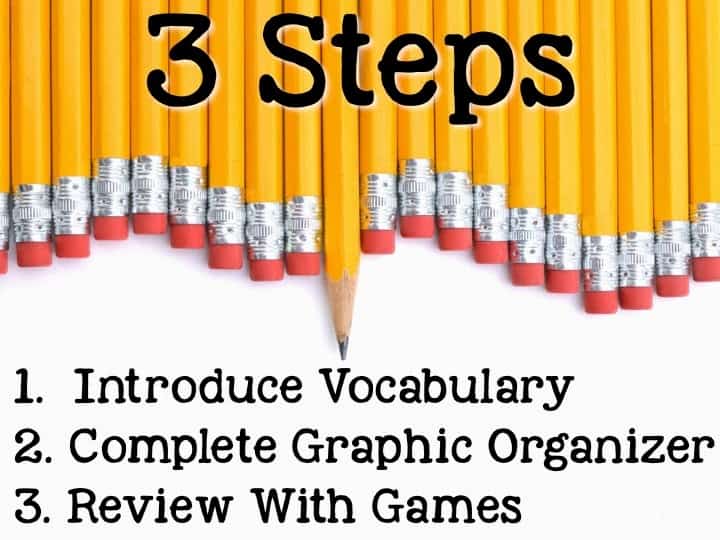
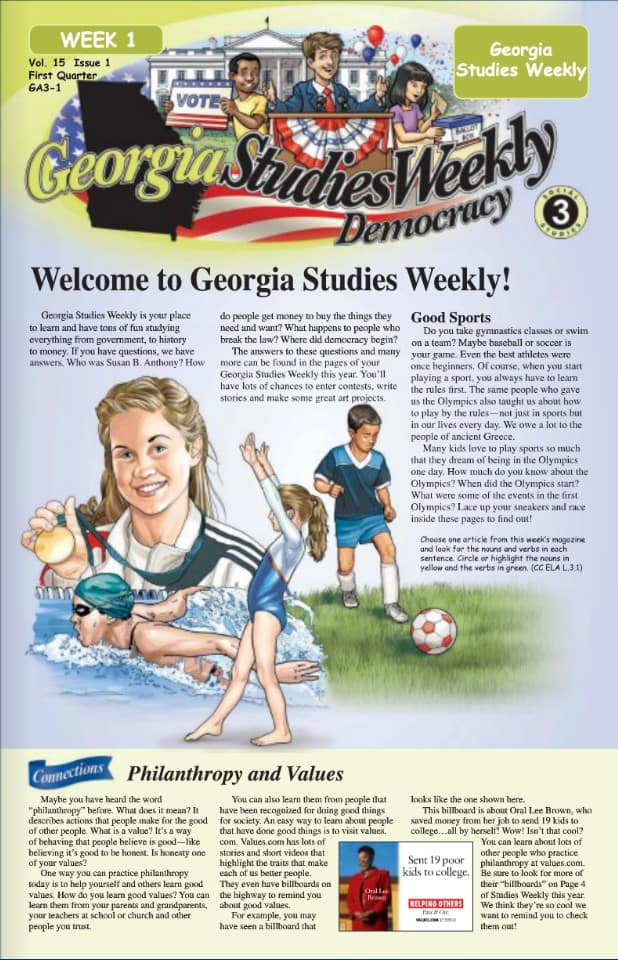
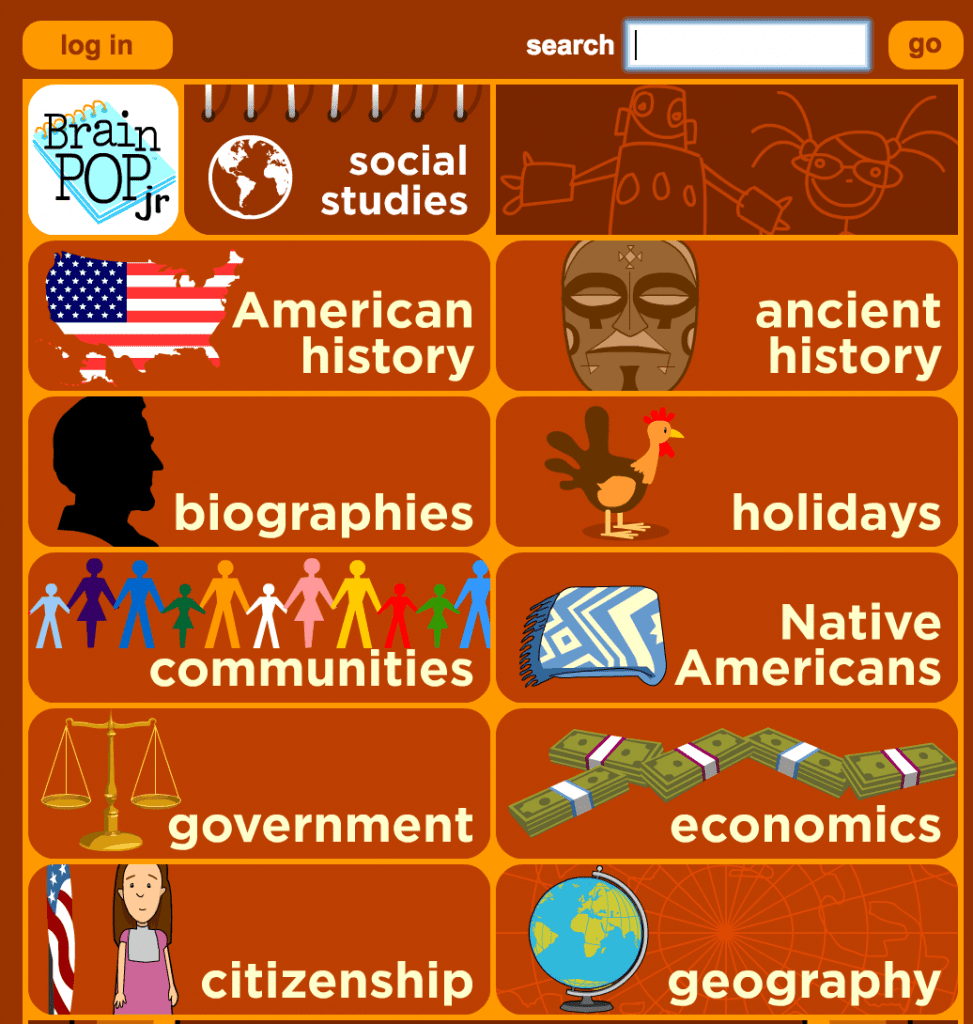


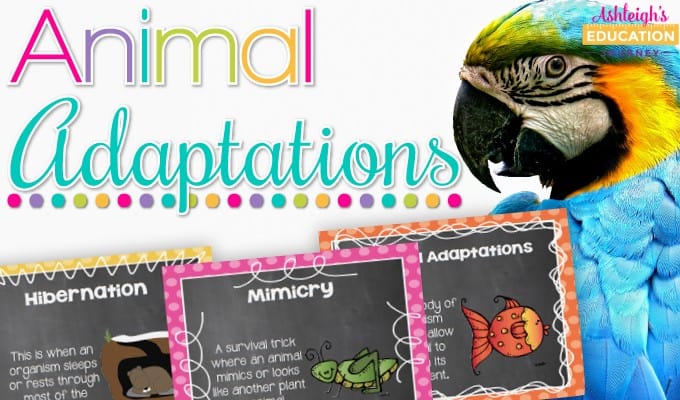
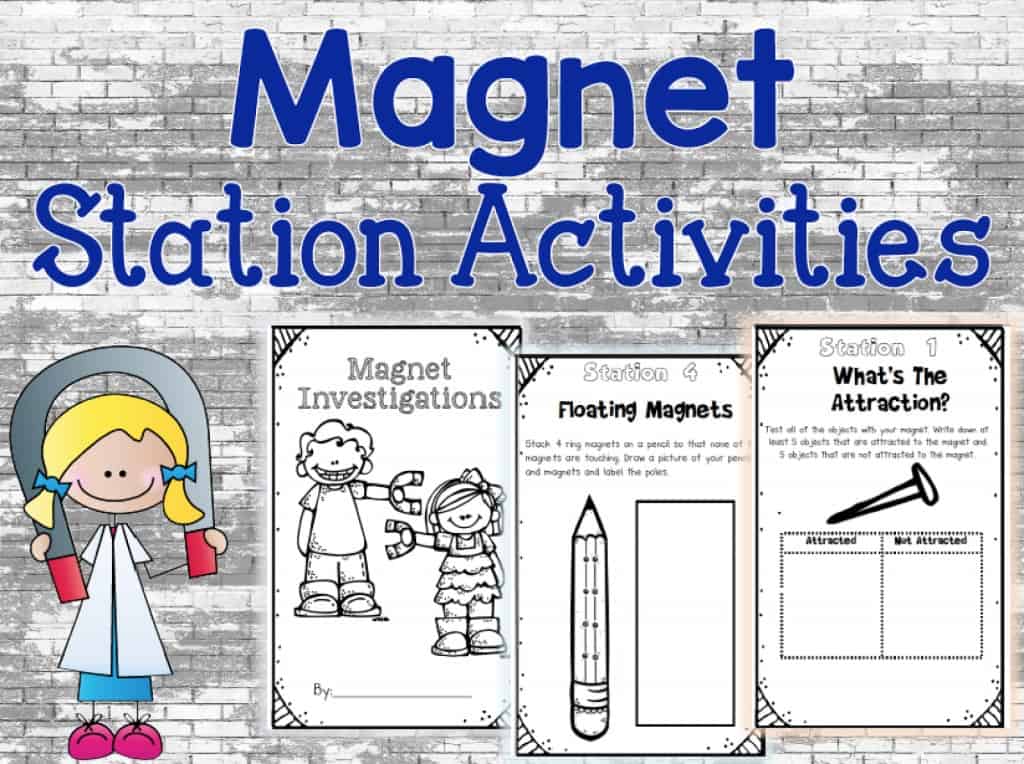
Hi. I bought the social studies interactive bundle. The worksheets are great, but I’m looking for the lessons that go with each. I homeschool and researching all for every level is simply exhausting. It is easiest to simply deliver the material and explain the work to follow. I saw there were videos or slide shows, but cannot find them.
You can find the videos in the digital version. I couldn’t link them in the print version.
Hello, Ashleigh,
Is there a way you could make your resources (at least your 3rd grade ones) editable so that I could change the font?
One reason I hesitate to use your resources is the fonts you use. My young students are still learning the foundational skills for reading and writing. I emphasize correct letter formation and spacing. It’s frustrating to me to give a student printed information that has a “cutesy” font because some of them assume it’s okay for them to write that way.
I really like your resources and your teaching approach, and I appreciate your helpful posts.
Thank you!